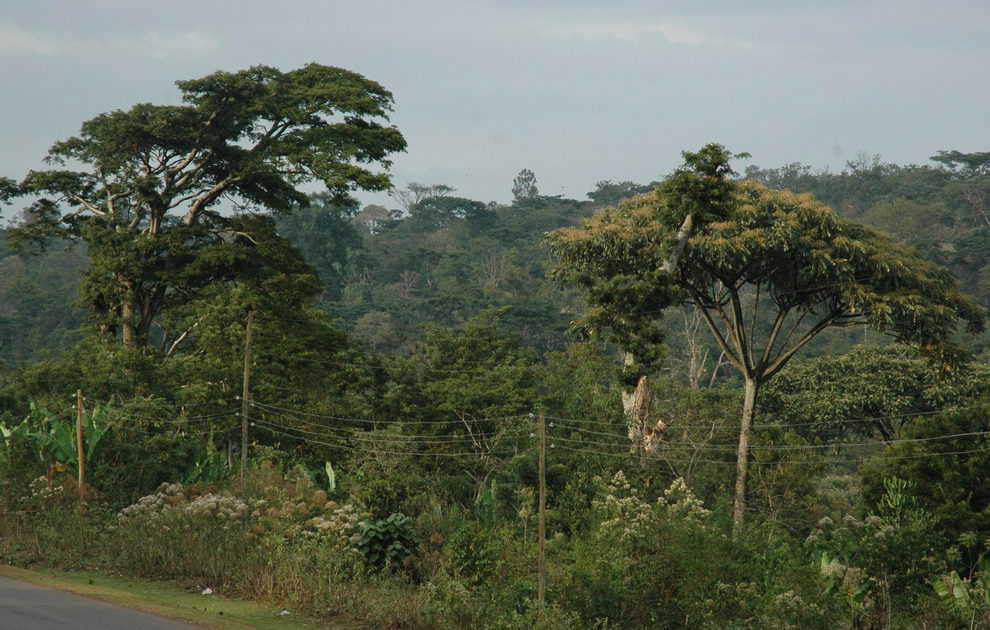Sacred forests and environmental protection among the Gedeo of Southern Ethiopia
- From
-
Published on
03.07.20
- Impact Area

The Gedeo’s sacred forests are conserved for ritual purposes,’ said Yoseph Maru, first author of the study and a PhD candidate, ‘accompanied by a system of taboos, resulting in the sacred forests having higher tree diversity and better preservation than adjacent, non-sacred, farming habitats.’ The sacred forests are havens for critically threatened plants or trees not found in the adjacent lands, such as ‘gudubo’ (Aningeria adolfi-friedeicii), Podocarpus falcatus, Cordia africana, African cherry (Prunus africanum), Elgon teak (Olea welwitschii), and water berry (Syzygium guineense).
The Gedeo’s taboos include restrictions on the cutting of trees, killing of birds and injuring nature carelessly. These cultural practices and prohibition mechanisms have informally enhanced ecosystem conservation and protection.
However, religious monotheism, changes in social norms, erosion in ancestral beliefs and lack of documentation of the community’s indigenous knowledge are contributing to the degradation and erosion of environmental protection. The introduction of Western religion has eroded the cultural values of the Gedeo, weakening the value and respect given to beliefs, rituals, taboos and environmental ethics. Leaders of the Western religion — a form of Christian Protestantism — decreed that cultural beliefs and rituals were evil, ‘satanic’, forbidding attendance at rituals and entering sacred sites and dispensing with the rules regarding protection of the environment.
Related news
-

From Dirt to Decision-Making: Governance and Soil Health Must Go Hand in Hand
Multifunctional Landscapes Science Program26.11.25-
Biodiversity
-
Environmental health
-
Environmental health & biodiversity
In October, the world convened in Des Moines for the 2025 Borlaug Dialogue under the…
Read more -
-

ICRISAT’s Solar-Powered Water Hyacinth Harvester Recognized Among India’s Top 100 Innovations of 2025
International Crops Research Institute for the Semi-Arid Tropics (ICRISAT)18.11.25-
Environmental health
-
Poverty reduction, livelihoods & jobs
ICRISAT's Novel Solar-Powered Water Hyacinth Harvester has now earned a place in the prestigious To…
Read more -
-

CGIAR Multifunctional Landscapes at COP30: Advancing Adaptation and Nature-Based Solutions
Multifunctional Landscapes Science Program10.11.25-
Adaptation
-
Biodiversity
-
Environmental health
-
Environmental health & biodiversity
-
Mitigation
COP30 in Belém, Brazil is being heralded as a pivotal “COP of adaptation” and a…
Read more -
